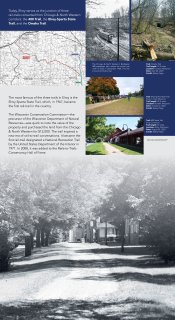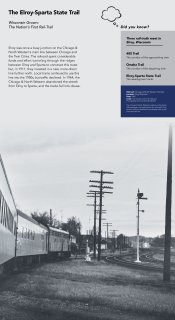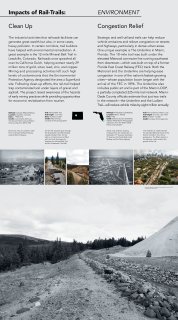
Railroads connect us, even when they are no longer here
-
-
Railroads transformed the United States into an industrial empire that spanned the continent. While freight trains remain vital and efficient links of the economy, the vast American rail network has contracted over the last century. Most people now fly or drive when they travel. Consolidation of the rail freight industry has also led to longer trains running on fewer and denser lines. Meanwhile, many branch lines—and even some main lines—have been abandoned.
From these abandonments, new activities have bloomed. Beginning in the 1960s, a new form of rail-associated infrastructure has emerged that continues connecting Americans to their deep railroad history: rail-trails.
Rail-trails are former railroad corridors that have been converted into walking and biking paths. Where conversions have succeeded, infrastructure built for one purpose has evolved to fit others as recreational and commuter passages. On the landscape, as infrastructure, and through the populations they touch, these railroads continue to influence the United States in their rebirth as community-based trails.
-
-
An exhibition prepared by the
CENTER FOR RAILROAD PHOTOGRAPHY & ART




